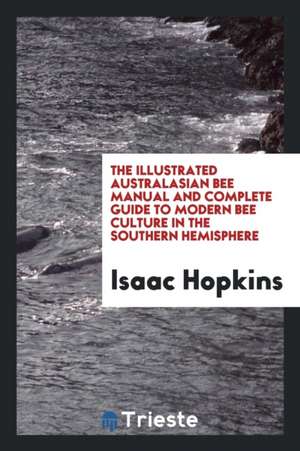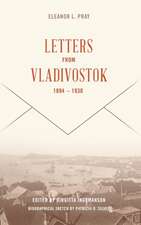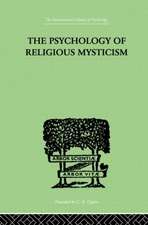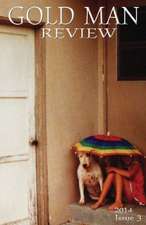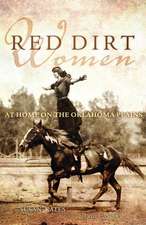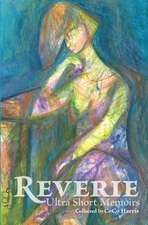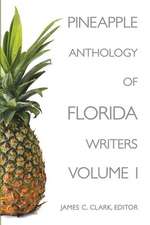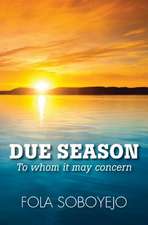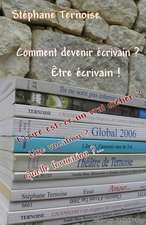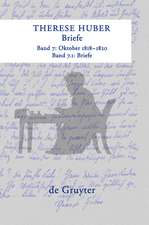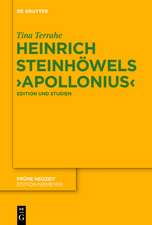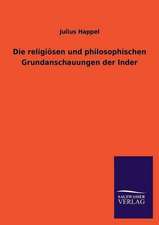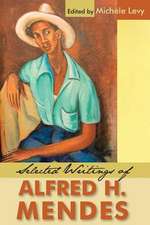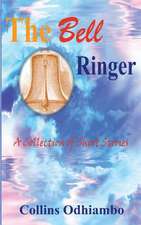The Illustrated Australasian Bee Manual and Complete Guide to Modern Bee Culture in the Southern Hemisphere
Autor Isaac Hopkinsen Limba Engleză Paperback – 16 mai 2018
| Toate formatele și edițiile | Preț | Express |
|---|---|---|
| Paperback (1) | 111.60 lei 17-23 zile | |
| LIGHTNING SOURCE INC – 16 mai 2018 | 111.60 lei 17-23 zile | |
| Hardback (1) | 323.73 lei 6-8 săpt. | |
| X-Star Publishing Company – 24 aug 2011 | 323.73 lei 6-8 săpt. |
Preț: 111.60 lei
Nou
Puncte Express: 167
Preț estimativ în valută:
21.35€ • 22.35$ • 17.77£
21.35€ • 22.35$ • 17.77£
Comandă specială
Livrare economică 06-12 martie
Preluare comenzi: 021 569.72.76
Specificații
ISBN-13: 9780649015436
ISBN-10: 0649015436
Pagini: 204
Dimensiuni: 156 x 234 x 11 mm
Greutate: 0.29 kg
Editura: LIGHTNING SOURCE INC
ISBN-10: 0649015436
Pagini: 204
Dimensiuni: 156 x 234 x 11 mm
Greutate: 0.29 kg
Editura: LIGHTNING SOURCE INC
Notă biografică
Isaac Hopkins's writing is eminently practical. Hopkins obviously had a lot of actual commercial scale experience and not just a lot of book knowledge. Hopkins was first of all a beekeeper. In 1877 he was a big promoter of the use of the Langstroth hive in New Zealand. He was the Chief Apiarist to the New Zealand Government from 1905 until 1909 however he stayed working for the New Zealand government until 1913. Through his position and especially through this book, he was instrumental in shaping apiculture in New Zealand and Australia; as a promoter of the use of the Langstroth hive, long before becoming Chief Apiarist and pushing for bee associations and laws to update beekeeping and control AFB. He remained active in the associations and the politics of beekeeping until his death in 1925.
